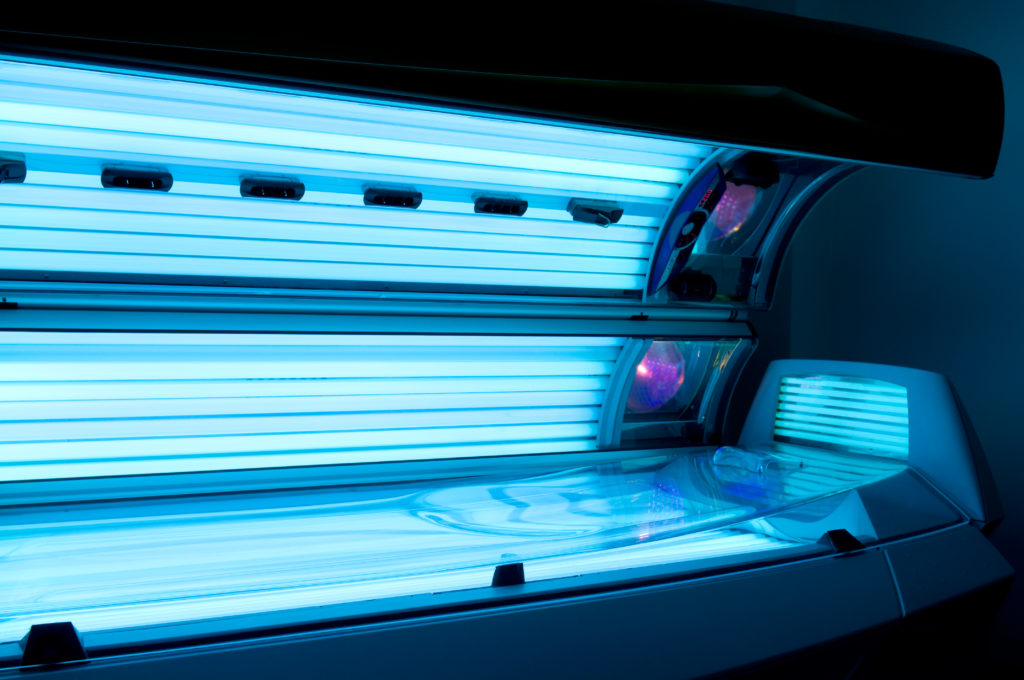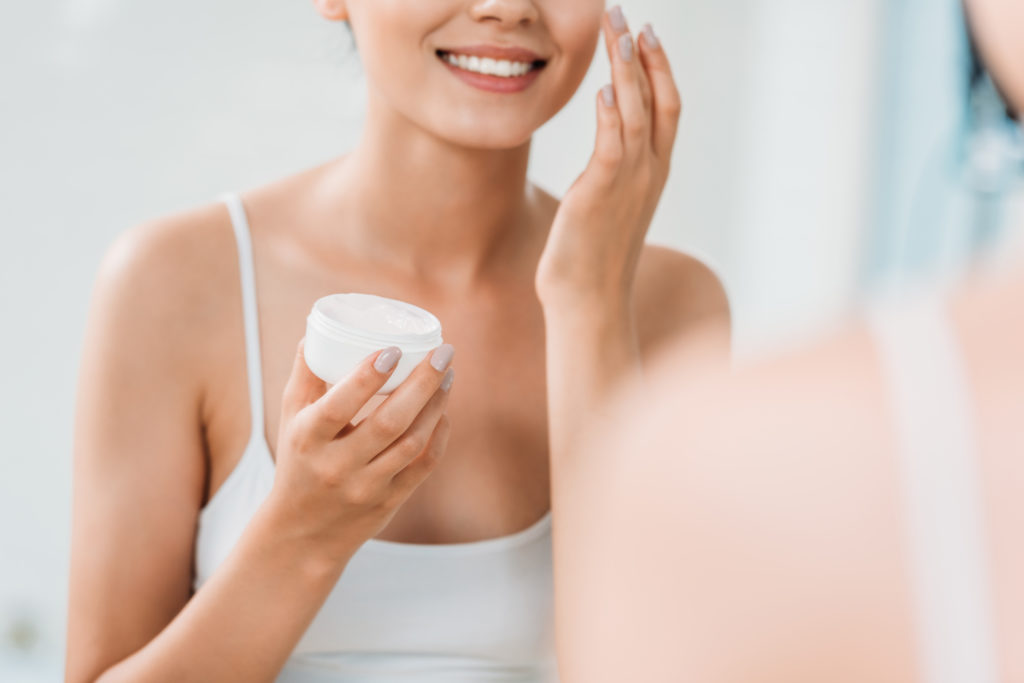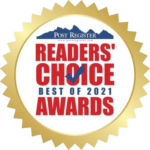There are many things patients can do to prevent skin cancer, sunburn, and chronic sun damage (like wrinkles, freckling, and thin skin)
- Avoid direct sunlight, especially between the hours of 10 a.m. and 4 p.m.
- Use sunscreen with SPF (sun protection factor) 30 or higher.
- Apply 15-30 minutes prior to sun exposure.
- Reapply every 2 hours or after heavy perspiration or swimming.
- Avoid tanning beds. There is no such thing as a “healthy tan.”
- 1 ounce (about a shot glass) is enough to cover one adult for one application.
- Don’t get a “base tan”— avoid tanning altogether.
- Daily use is best (around 80 percent of the sun’s ultraviolet rays may still penetrate cloud cover).
- Wear broad brimmed hats and sun-protective clothing.
- Seek shade
- Don’t use sunscreen on children younger than 6 months old: their skin is more absorbent than older children and adults and they should not be in the sun anyway.
- In the water, waterproof sunscreen lasts about 80 minutes; water resistant lasts only about 40 minutes.
- Check the expiration dates—don’t use if expired. The chemicals breakdown and may not be effective.
Ultraviolet Light and Sunscreen
Certain medicines may make you more sensitive to the sun’s ultraviolet A (UVA) rays. Use a sunscreen with one of the following 4 ingredients to obtain adequate protection:
- Physical blockers: zinc or titanium
- Chemical blockers: avobenzone (aka, Parsol 1789) or ecamsule (aka Mexoryl—only found in L’Oreal products)
Additionally, UVA can penetrate window glass.
Because avobenzone breaks down quickly, some companies have combined it and stabilized it with oxybenzone, allowing it to protect its user for a longer period of time. For example, Neutrogena’s Helioplex™ and Aveeno’s Active Photobarrier Complex™ are the same molecule combined from these two ingredients.

Tanning
Tanning beds provide the wrong kind of ultraviolet light for your skin to make vitamin D. Instead, they provide the type that makes wrinkles and skin cancer. Vitamin D is available in supplements and foods (like eggs, milk, fish, etc.), which may be healthier options for obtaining it than the cancer causing rays of the sun.
If you want the darker color on your skin, the so called “self-tanning” lotions, creams, and sprays are a safer option. Many brands have improved their formulations over the past couple of years to avoid the orange-colored “fake tan” that everyone wants to avoid.
Tretinoin (Vitamin A derivative)
Tretinoin is a topical, modified form of vitamin A and may be beneficial for sundamaged and/or aging skin. It is usually used as acne medicine, but off-label (not FDA-approved), it can also reduce or remove pre-precancers, superficial fine wrinkling, and certain brown spots. It is only available by prescription.

Schedule a Skin Cancer Screening
If you have concerns with the health of your skin or need further information on Skin Cancer types, treatment, or prevention, please feel welcome to call High Valley Dermatology.




